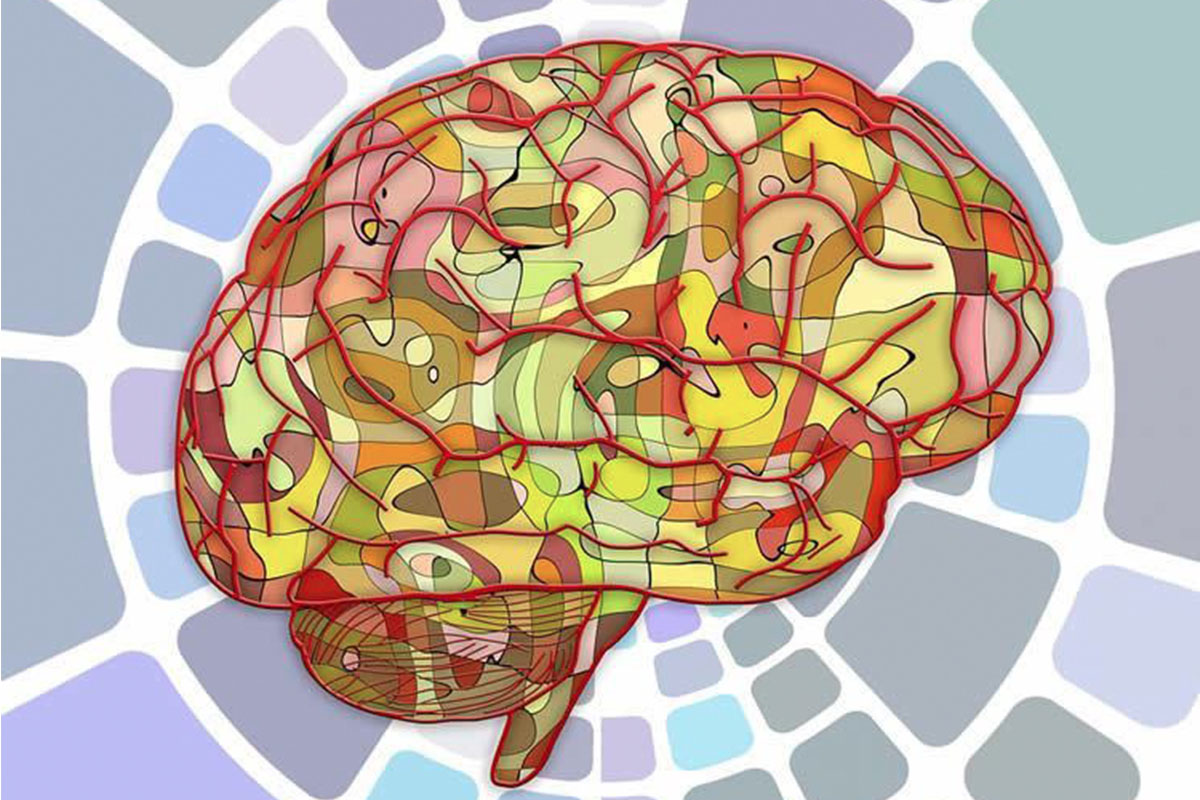
Making Memories: Can Neuroscience Enhance Teaching and Learning?
How does your brain learn best? As the field of Neuroscience uncovers the neural mechanisms of perception and learning, can we begin to bring these findings into the classroom to help improve how students learn? Right before the school year begins, this Science on Tap will discuss the brain’s learning networks, their emotional connections and how the visual and motor pathways influence what we process. Join us as Dr. Mark Pitzer demonstrates of how each brain circuit can be recruited by instructors to improve teaching and learning in and out of the classroom and how neuroscience can make learning truly memorable.
Mark Pitzer, Ph.D. is a Neuroscientist at the University of Portland. For the last 25 years he has worked to better understand diseases of the brain. He has worked on techniques to improve the survival of newly transplanted brain cells as a treatment for Parkinson’s disease and, more recently, conducted experiments using a genetic technique to halt the production of toxic proteins in the brain as a potential treatment for Huntington’s disease. Currently, his lab is conducting experiments designed to identify the neural circuits and neurotransmitters that play a role in the personality changes that affect those who suffer from Huntington’s disease. Mark is also an award-winning teacher that uses the findings from the fields of Learning and Neuroscience to invoke enduring enthusiasm, curiosity and deep learning in his college students.
-
Event Date
Tuesday, August 20, 2019
-
Start Time
7:00 pm Pacific
-
Tickets
-
Venue
-
Location
-
Available Food & Drink
Hand pies & pizza rolls, snacks, sweets, with a a full bar and a great selection non-alcoholic drinks, coffee and tea. -
Accessibility Information
Vaccine cards required at Science on Tap events. Masks are highly recommended, but not required. Visit the Alberta Rose COVID safety policies page for more information.
There are no stairs to enter the theater. There is ramp down to seating area and wheelchair space in the front.
